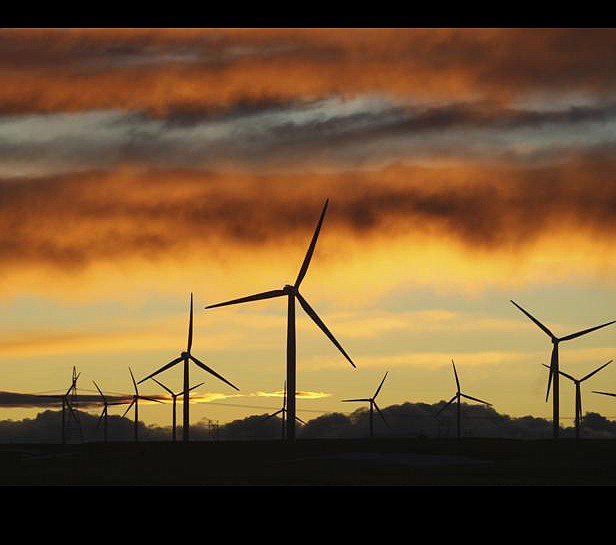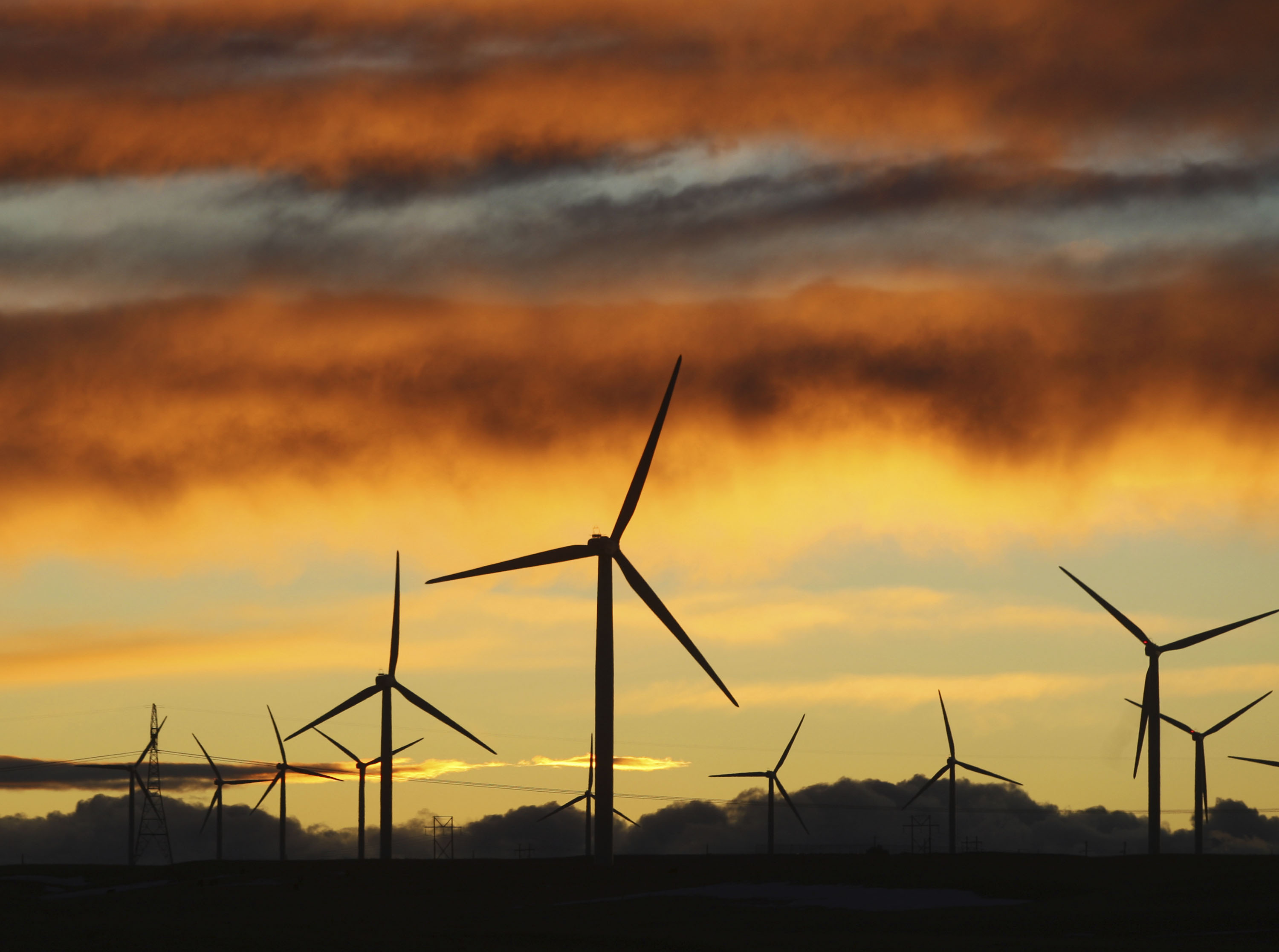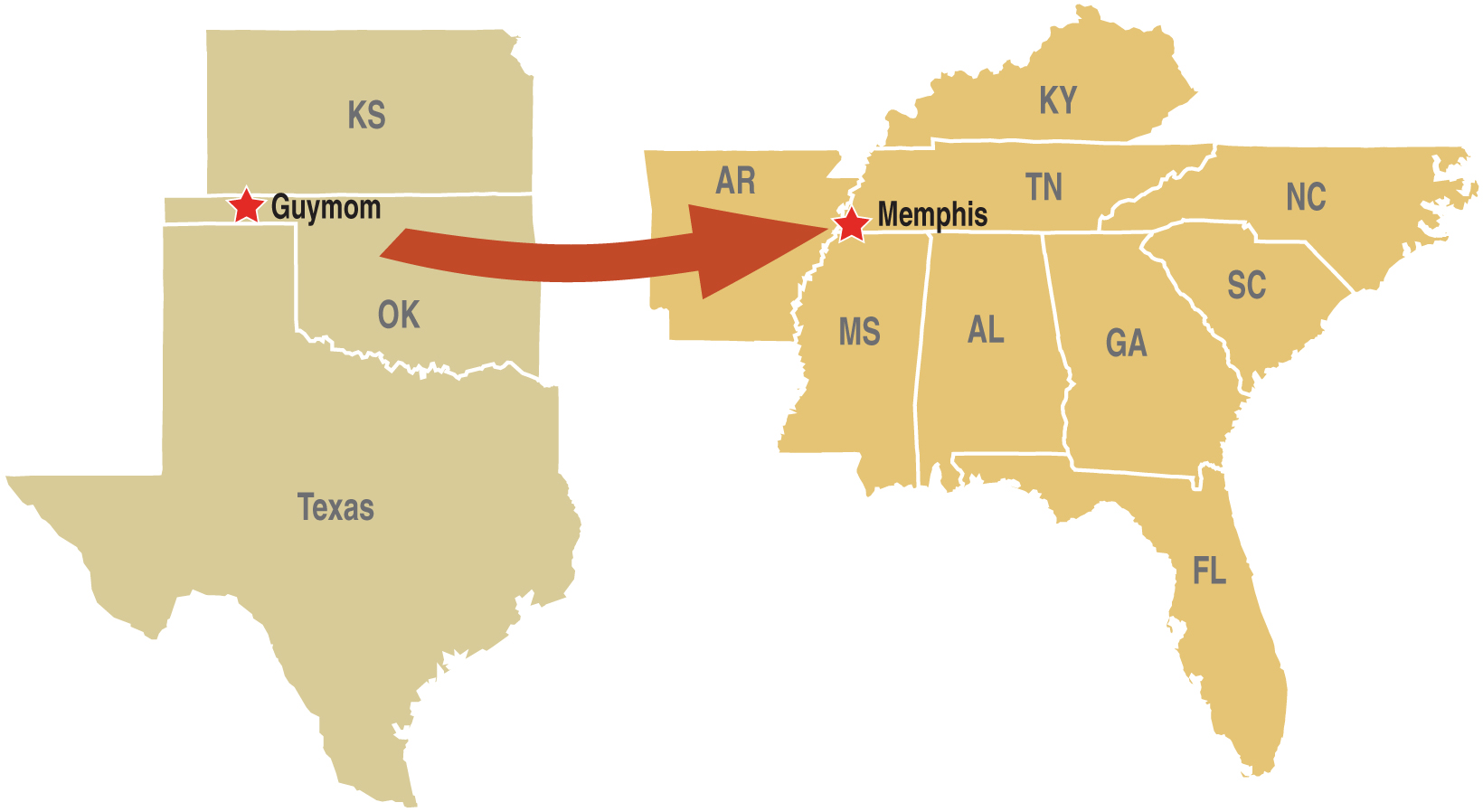Developers of what would be America's biggest wind power transmission line have scaled back their initial plans to wheel so much electrical power from Texas and Oklahoma to the Tennessee Valley.
But the Houston company proposing to build the 700-mile power line insists its $2 billion proposal - half the size of the original 2009 plan - still makes economic and environmental sense for TVA and other Southeastern utilities.
The project from Clean Line Energy Partners is still at least four years away from delivering wind power from the plains of Oklahoma to the hills of Tennessee. Although Clean Line has a memorandum of understanding with the Tennessee Valley Authority to pursue the project, the U.S. Department of Energy still is preparing an environmental impact statement and project developers still are trying to get utility status through Arkansas to gain needed right of way.
•••
But project backers remain confident in their 4-year-old plan to transport wind power generation from where winds are strongest in the West to where power needs are greater in the Southeast.
"We think we can provide green power at an attractive, fixed-rate price for TVA and other utilities in the region," said Jimmy Glotfelty, executive vice president for Clean Line Energy. "Having a guaranteed price for 20 years is a great hedge against volatile natural gas prices."
When Glotfelty and other Texas businessmen devised the idea for Clean Line Energy nearly five years ago, natural gas prices still were headed higher and the then-Democratically controlled Congress was talking about setting renewable portfolio standards for utilities to get at least 20 percent of their power from green sources like wind and solar. Natural gas prices since have plummeted and talk about a renewable portfolio standard is not on the congressional agenda, at least for now.
In response to the changing market conditions and concerns about the size of the initial project, Clean Line cut in half the size of the proposed transmission line from Oklahoma to Tennessee. The original 7,000 megawatts of power along the proposed corridor has been cut to 3,500 megawatts of capacity.
"We recognized that there were questions about building such a huge line right from the start so we made some modifications," said Max Shilstone, director of business development for Clean Line Energy.
Clean Line also is pursuing three other, similar long-distance transmission lines to the Midwest and West Coast from the high-wind, less populated areas in the middle of the United States. But the line from Oklahoma to Tennessee, known as the Plains & Eastern Clean Line, is furthest along in development, Glotfelty said.
Wind power could be supplied to TVA at about $50 per megawatt-hour, or 5 cents per kilowatt-hour, Glotfelty estimates, if the current federal production tax credits at 2.3 cents per kilowatt-hour remain.
The price of such power also could be fixed for 20 years and not have the variable fuel cost adjustments for most other power generation.
Wind power efficiency has jumped from about a 30 percent capacity factor to about 55 percent capacity. That means that more than half the time, the wind mills are generating at least some power. Bigger and higher-placed blades on wind mills are capturing more of the wind energy as it blows at higher heights. Better generating equipment is converting more of that energy into electricity.
"The cost of wind power continues to go down," Shilstone said.
Although cheaper wind power generation is benefiting Clean Line Energy, the company itself will build only the transmission lines to transport wind power. Utility users would negotiate with power generators, just as natural gas customers buy from gas producers and then pay a transmission fee to pipeline companies.
The proposed Clean Energy transmission lines would use direct current rather than the alternating current of most electric lines. That limits power losses along the transmission lines, although it will require $300 million substations to be built at either end of the line to convert direct current to alternating current.
The DC line also would require a narrower right of way along its 700-mile route than AC high-voltage lines, Glotfelty said. Oklahoma regulators approved utility status for Clean Line Energy to acquire and, if necessary, condemn property to gain the needed pathway for the transmission line. However, Arkansas Public Service Commission declined to grant utility status for Clean Line Energy.
In October, Clean Line Energy signed an Advanced Funding and Development Agreement with the U.S. Department of Energy and the Southwestern Power Administration that could grant utility status for the Plains & Eastern project.
In November, Clean Line Energy also picked up a $40 million equity investment from National Grid, an international energy transmission company.
David Till, general manager for TVA's transmission strategy, said TVA continues to work with Clean Line Energy and might be interested in purchasing some of the wind power carried on the Plains & Eastern line. TVA also may transmit, or wheel, power along its transmission lines to other Southeastern or East Coast utilities, he said.
"Anytime a long transmission line like this is proposed or built, it provides us more options for our power supply, which is very desirable," Till said.
"It would be very surprising if any one utility took all of the capacity of a transmission line this big, if the utility does not own or control that line. You would expect that there would be more than one subscriber to this line, if it is going to be successful."
TVA currently contracts to buy 1,515 megawatts of wind power, primarily from the upper Midwest. TVA spokesman Mike Bradley said TVA's future demand for wind power will be shaped, in part, by a power planning process known as the Integrated Resource Plan over the next two years.
Contact Dave Flessner at dflessner@timesfreepress.com or at 757-6340.


